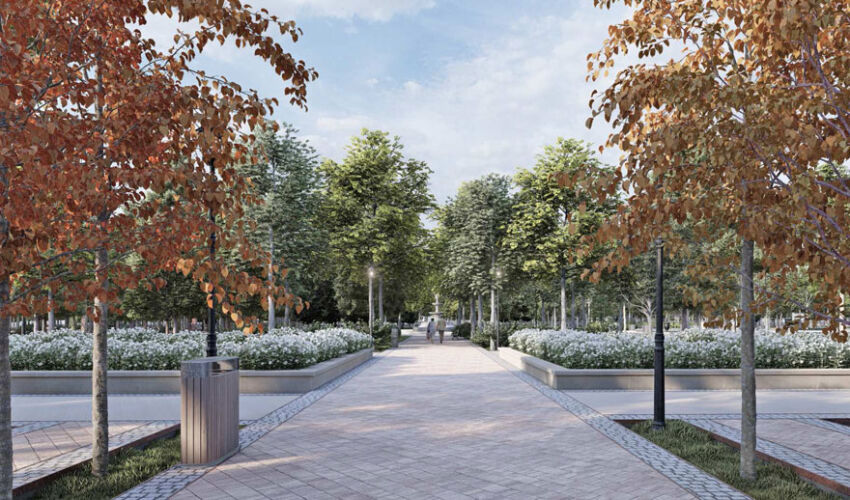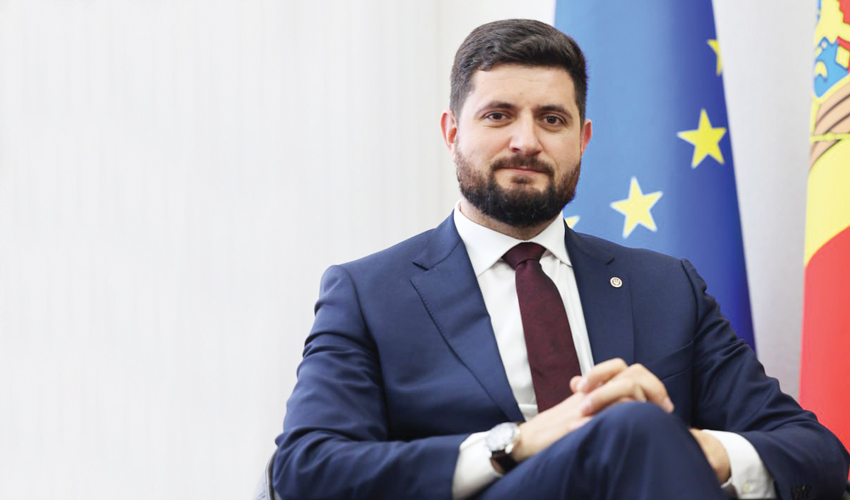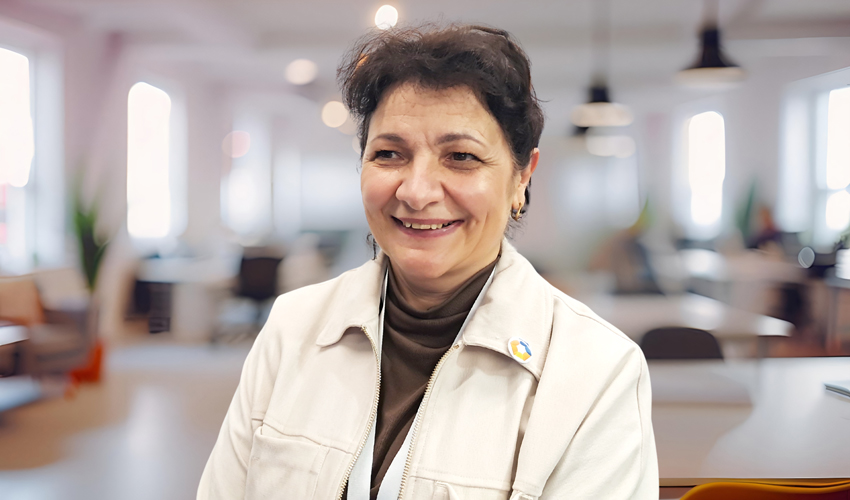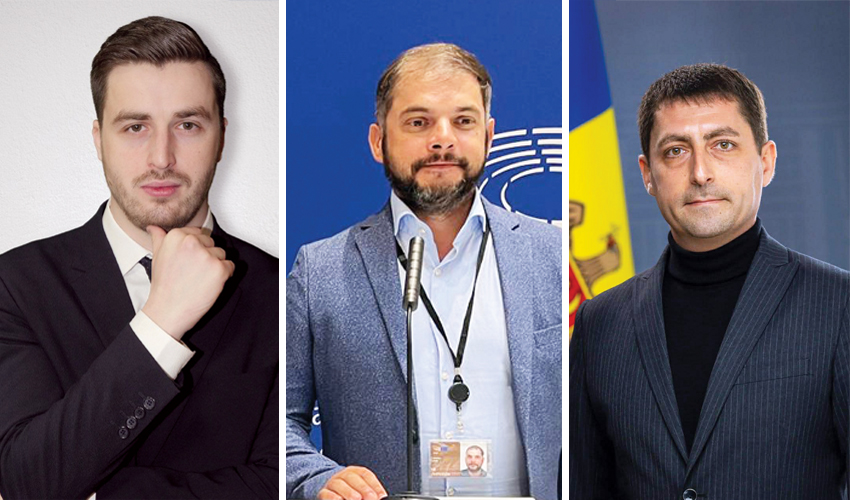
The City Garden of Chisinau (as it was originally called) is a monument of garden art and one of the oldest parks in Moldova. It was laid out in 1818 on the initiative of the wife of the governor A.N. Bakhmetev. During its long history, it has been reconstructed several times in the spirit and style of the respective historical period. The goal of the planned renovation is to return the park to its historical appearance, while retaining some of the functions that have been introduced over time and have become familiar to the citizens.
Anatol Pynzaru, the chief architect and co-author of the project, told Logos Press that a large group of specialists – about 15 people – participated in the development of the project. Archeological research and old drawings helped to recreate the original layout of alleys and sidewalks. According to them it was possible to restore the square-star structure of paths and paths, which was conceived by the author (in those times it was the chief gardener). But some of the paths that appeared later will also fit into this structure.
The central fountain will remain in its place. It was not conceived when the Garden was laid out, but was installed in 1927 according to the design of Alexander Plamediale. That fountain was not preserved and a new one was already installed in the 1960s. “It is made in an eclectic style and is preserved not so much as an element of historical authenticity, but as an element of memory, it is impossible to imagine this park without it,” explains Anatol Pinzaru. – The fountain will be cleaned and restored to working condition”. The monument to A.S. Pushkin will also remain in its place. Once it was already moved in order to organize an alley of classics. Which will also be preserved.
Full restoration and demolition of diseased trees and shrubs, as well as alien plants (mainly forest crops), which are not suitable for park areas, is envisaged. The park landscape will be restored according to a dendrological plan recreated from historical documents.
“Dendrologically, the project is very complicated,” says Anatol Pinzaru. – But scientific workers of the Botanical Garden and forestry have made an inventory and passportization of each tree, its condition. And at each site will be planted large trees (fully formed adult trees), which were once lost. Many additions will be made in order to achieve the landscape composition conceived when this garden was laid out”.
Over its 200-year history, the City Garden has seen many interventions. In different periods there were hare paths, then unpaved paths, later there were fragments of stone. Now there is a unified unified durable and high-quality paving of paths. Only decided to refuse modern curbs, instead of them the transition from lawn to tile will be a strip of torn granite. For illumination lanterns in the style of the “Old Garden” are provided, but with modern LED lamps. The cast-iron fence installed in the late 1860s and designed by A. Bernardazzi will be preserved and fully equipped.
A painful issue for the central park is the fate of the cafe “Gugutse”. The owner’s intention to build an eight-storey multifunctional center in its place met with resistance from the Chisinau public. “This is a private plot, not included in our project. There are still legal proceedings going on there,” says Anatol Pinzaru. – But the territory around the café, which belongs to the City Garden, will be restored”.
The playground, located in front of the Jolli Alon hotel, appeared in the 1980s. And originally there was a plant nursery and a gardener’s house on this place. But the idea of restoring a mini-garden here was abandoned. Since the playground has already become commonplace, people are used to it, so it will be preserved, but arranged in a new way. No metal, plastic, glass, but only wooden parts.
The sketch project has been approved by the National Council of Historic Monuments and the preparation of the working documentation is already being finalized. One of the wishes of the Council members when reviewing the project was to do the renovation work in three phases. “However, it will not be possible to break the work into zones because we will have to change all the lighting, cables, pipes, plumbing, sewers, lawn restoration, etc. We will not be able to do vertical planning, trace paths, tracks, achieve the correct jointing, etc.”, – explains Anatol Pinzaru. Therefore, citizens will have to put up with the fact that the park will be fenced off for a while, so that the project will be carried out simultaneously from the beginning to the end.













